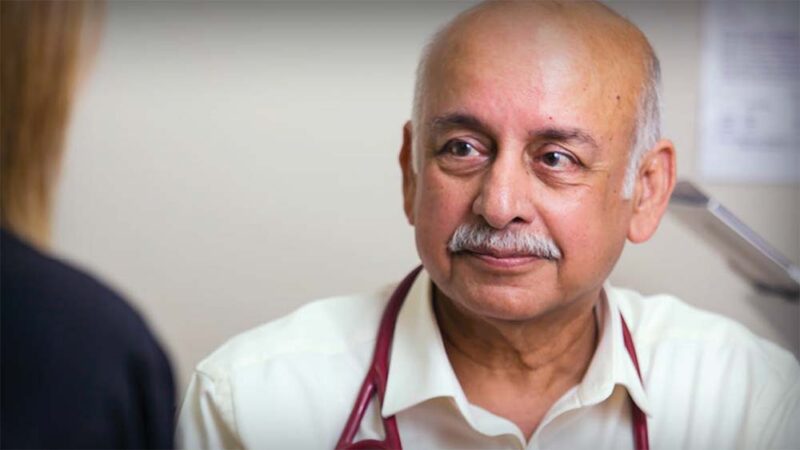In the lead up to the Australian Federal Budget in May 2023, Australian Health Journal reached out to peak health industry bodies to hear about their priorities, either noted in pre-budget submissions lodged with Federal Government in January 2023 or in recent forums such as the Strengthening Medicare Taskforce.
Others have stated their priorities directly with Federal Government. Through these interviews, AHJ gives a final opportunity to communicate to all health stakeholders, the funding needs for a range of priorities. These range from new models of care to pilots and wholesale, system improvements to building more sustainable workforces to help grow certain sectors of the health system
The CEO of Allied Health Professions Australia (AHPA), Bronwyn Morris-Donovan spoke with Australian Health Journal about the following:
- The structure and priorities for AHPA
- The setting and disciplines in Allied Health
- Allied Health representation in the Strengthening Medicare Task Force
- Importance of a data strategy and interoperability in delivery of allied health services
Lastly Bronwyn talks about the allied health priorities she hopes are included in the Federal Budget.
The first is the funding to support the delivery and implementation of the allied workforce strategy across the various settings where allied health is delivered. This includes health, disability, aged care and education settings. This should “genuinely look at issues of supply and distribution across multiple setting.”, says Bronwyn.
The second key priority is further work and investment with the Australian Digital Health Agency to build the interoperability needed for allied health to be able to upload to My Health Record. This access is an enabler to multidisciplinary team care and is a core recommendation of the Strengthening Medicare Task Force report; to enhance, build and foster multidisciplinary team care. Bronwyn states this is only possible by bringing allied health into the digital ecosystem through better digital interoperability.
You Might also like
-
GP Health of The Nation
As Australia’s largest professional general practice organisation, the RACGP represents more than 43,000 members, including more than 24,000 Fellows who have completed specialist training (or its equivalent). These are the frontline GPs who treat almost 22 million patients across the country every year.
Each year the runs a survey across Australian Doctors. This year’s report reflects the experience of more than 1300 RACGP Fellows from across Australia. Despite this and other achievements, the share of total government healthcare spend for primary care is in decline.
-
Raising awareness, engagement and inclusion of Allied Health
Anita Hobson-Powell holds the position of Chief Allied Health Officer for the Australian Government within the Department of Health and Aged Care. With a background as an exercise physiologist and extensive experience leading allied health professional associations*, she has been entrusted with three main priorities. First, she aims to raise awareness about the significance of allied health professionals and their role in the healthcare system. This involves ensuring that decision makers and individuals engaging with health services understand the contributions of allied health professionals.
-
Health Minister’s Awards for Nursing Trailblazers
An ACT nurse dedicated to giving people more dignity and choice in their final days was earlier this week night named the inaugural Health Minister’s Nursing Trailblazer at an awards ceremony in Sydney.
Lord Nigel Crisp, Co-Chair Nursing Now and Australian College of Nursing President, Professor Christine Duffield FACN presented the inaugural Health Minister’s Nursing Trailblazer Award to Nikki Johnston MACN, a Palliative Care Nurse Practitioner based in Canberra at Calvary Health Care’s Clare Holland House.



